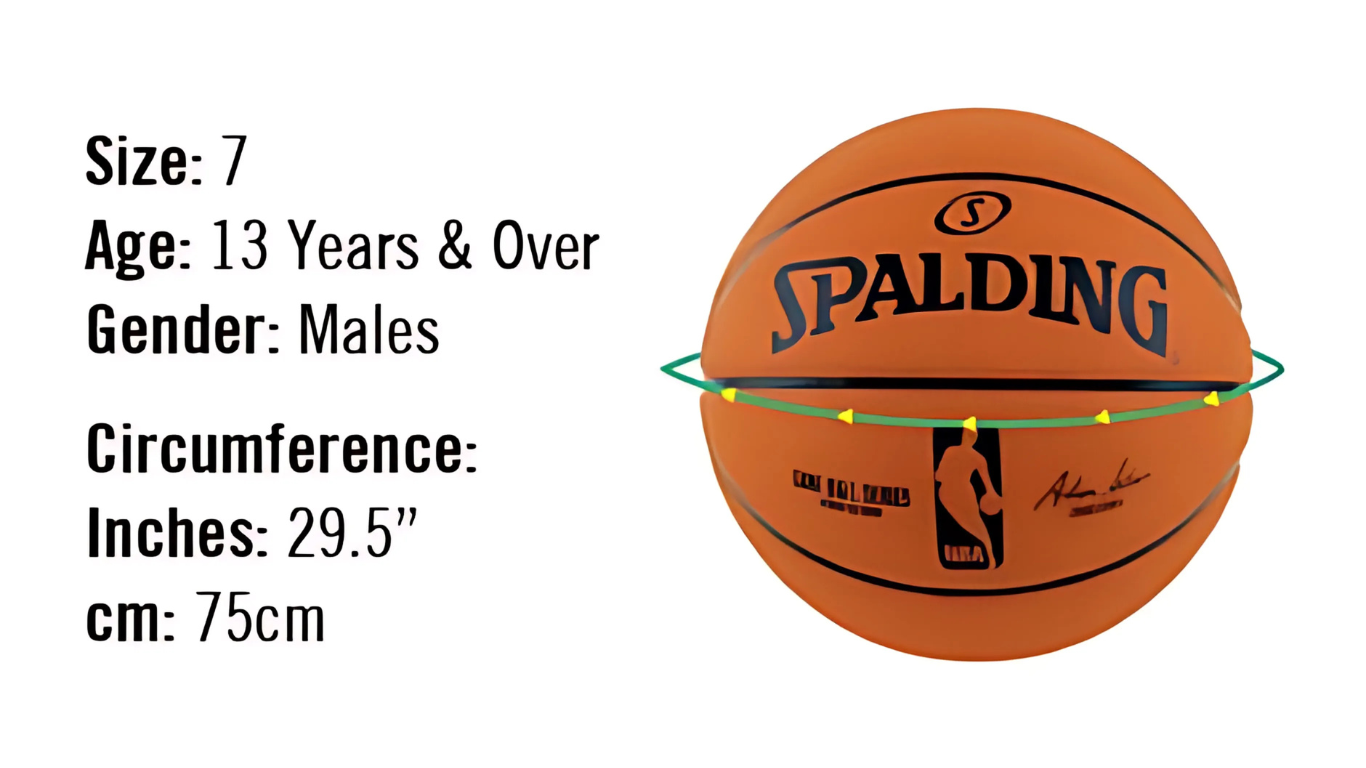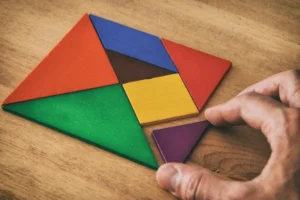Basketball is a sport that is played around the globe by millions of enthusiasts from different backgrounds and ages. Yet, often, fans or casual players overlook one essential thing-the size of the basketball. Various basketballs are made, custom-made, mainly according to the age range and the game level. Knowing the sizes of basketballs is therefore important in developing skills, safety precautions, and definitely enjoyment in playing the game to its fullest. In this article, we will dive into various basketball sizes, importance, and how to make a choice.
Why Basketball Size Matters
Proper basketball size is not only comfortable but also a prerequisite in developing abilities and for consistency. The usage of improper-sized basketballs may lead to lousy shooting techniques, failure in controlling the ball, and even results in physical injury. For the young, the proper starting point will help build confidence in them and thus enhance their learning. For the older players, it ensures that they practice with equipment that matches game conditions.
Official Basketball Sizes by Age and Gender
There are various sizes of basketballs generally used in a game of basketball. The correct size is determined by age, gender, and the type of play of the game.
Size 7 (29.5 inches)
Circumference: 29.5 inches
Weight: 22 oz
Recommended for: Men aged more than 15 years, pro leagues: NBA, NCAA
Size 7 is the standard used in men’s professional and college basketball leagues. It is the largest ball as well as the heaviest, which provides the proper weight and feel for competitive play.
Size 6 (28.5 inches)
Ball diameter: 28.5 inches
Ball weight: 20 ounces
Recommended for: Women above 12 years of age, boys aged 12-14 years.
Details: This size is the basketball size used in female professional leagues, including the WNBA, and for males at the middle school and high school levels. It is smaller and lighter than a size 7, making it easier to grip and control for the younger male and female players
Size 5 (27.5 inches)
Circumference: 27.5 inches
Weight: 17 oz
Recommended for: Boys and girls ages 9-11
Details: Size 5 is ideal for beginners. The ball is smaller and lighter than the others; therefore, the kid can dribble, pass, and shoot effectively. This will give them enough practice concerning their fundamental basketball skill before they rise to the larger balls.
Size 4 (25.5 inches)
Circumference: 25.5 inches
Weight: 14 oz
Ideal for: Young children of 5 to 8 years old
Details: Size 4 basketballs, even lighter and smaller for younger children, are perfect to introduce the game in an entertaining and manageable way. This size is widely used for youth leagues and is important in helping kids to have the fun without getting overwhelmed.
Size 3 (22 inches, “Mini Basketball”)
Circumference: 22 inches
Weight: 10 oz
Recommended for: Kids ages 4-6, promotional purposes.
Details: Mini ball baskets are used for very young children and those beginners who will only be getting familiar with handling a ball. They are also used as novelty items for promotions and for recreational purposes like coin-operated arcade games.
Significance of Age-Appropriate Basketballs
Young players are at a developing age for their motor skills, strength, and coordination. So, they should play with basketballs that match their age and size. Therefore, with use of a smaller, lighter basketball, they can do more easy dribbling and shooting, establishing their trust and skills, so they’re better prepared to grow and use larger basketballs that gradually demand harder playing as well as better preparation for further competition.
Using a ball of the wrong size can prevent one from developing rightly. If one uses a ball that is too large or too heavy among other things, one will get into terrible shooting form due to the fact that the ball may be large for that particular young player; he might not get much hold of it when shooting, straining his shots potentially leading to bad habits.
Material Concerns: Indoor vs. Outdoor Basketballs
Another consideration is the material, aside from the size, that would be significant to a basketball. Basketballs are made for indoor and outdoor use; using the right type would better ensure high performance and durability.
Indoor Basketballs
Indoor Basketballs are typically made with full-grain leather, or composite leather. They are softer and will feel better, holding better to an indoor court as opposed to an outdoor basketball, which will have a smoother hardwood surface. Leather basketballs are designed for the best control and feel and are thus the standard for high-level indoor play.
Outdoor Basketballs
The outdoor ones are made heavy-duty enough to tackle different rough surfaces, such as asphalt and concrete. These would always have been made of rubber or synthetic leather. Highly durable, this material can handle the wear-and-tear kind of outdoor courts. They’ll also be a little tougher in texture for better grip on the outer surfaces. However, they might not be as comfortable to hold as indoor balls.
Which to Choose as Your Ideal Basketball
Factors to consider when you choose your basketball are as follows:
Age and Skill Level: As mentioned above, it is essential to select the appropriate size of the ball according to your age and skill level. Young children should use smaller balls, while the older ones should practice with the same size as the officials will be using during the game.
Court Type: For most games played indoors, a leather or composite basketball would be ideal in terms of grip and feel. For games mostly done outdoors, rubber or synthetic leather is ideal to handle the rougher surface.
Grip and feel: Players prefer the various textures and grips of basketballs. If possible, test a few basketballs before buying to see which one feels good in your hands. This goes a long way if you play a lot because the feel of the ball will affect your performance while dribbling and shooting.
Price and Durability: Basketballs range from very cheap to very expensive; while one may get some casual, rubber balls for not much money, investing in a really good basketball of leather or composite leather will make the game much more enjoyable. A quality ball should last longer; so if you play the game regularly, ensure that you check the seller’s reputation.
How to Take Care of Your Basketball
Now, after you choose the right basketball, proper maintenance of it may prolong its life. Here are some suggestions to make your ball last longer:
Proper Inflation: Check the manufacturer’s guidelines for inflation. A ball that is either under- or over-inflated might have a bad effect on your performance and damage the ball.
Use it on the Right Surface: Using indoor basketball indoors and outdoor basketball outdoors can be very useful, as their surfaces will not get worn out.
Store it in a cool, dry place. Heat and cold may distort the ball or accelerate its materials’ breakdown
Conclusion
A right-sized and appropriately typed basketball will determine whether you actually enjoy playing or improve your skills at basketball. Whether you are a young beginner or an adult playing in a competitive league, using the correct size basketball will ensure you develop proper techniques and minimize the risk of injury. With a range of sizes available, there’s a perfect basketball for every age and level. So take time out to choose the right one and enjoy the game to its fullest potential!







